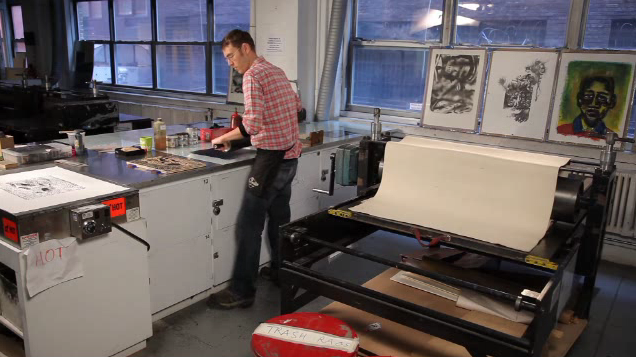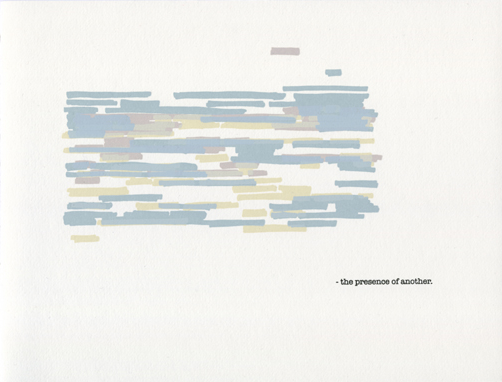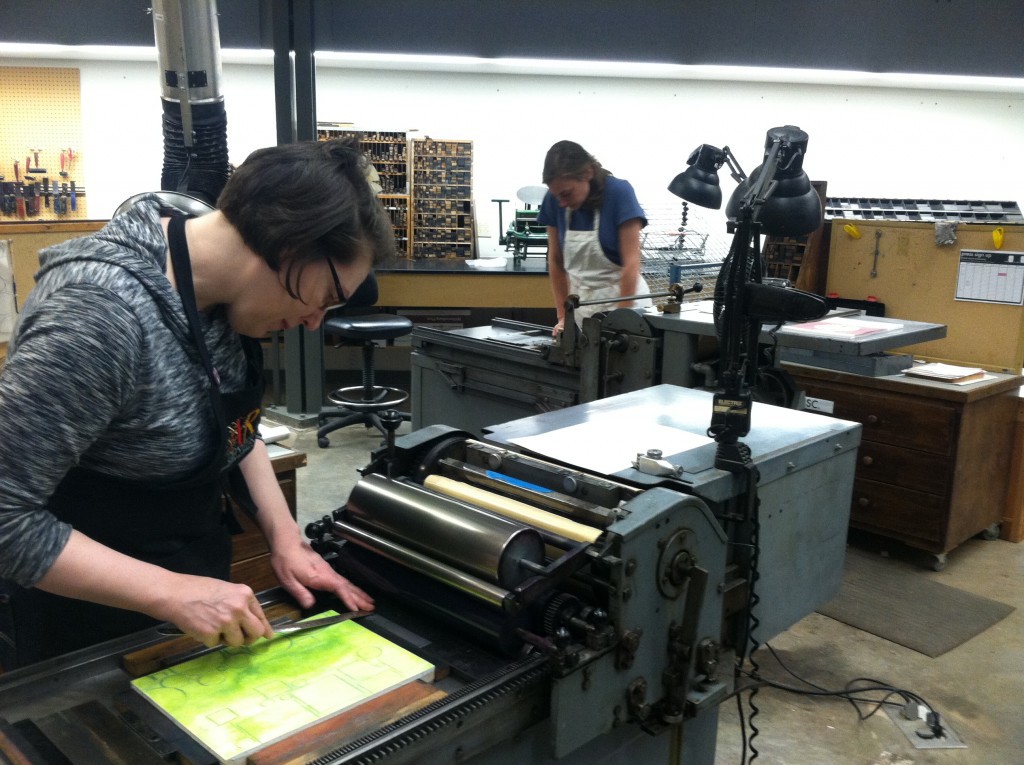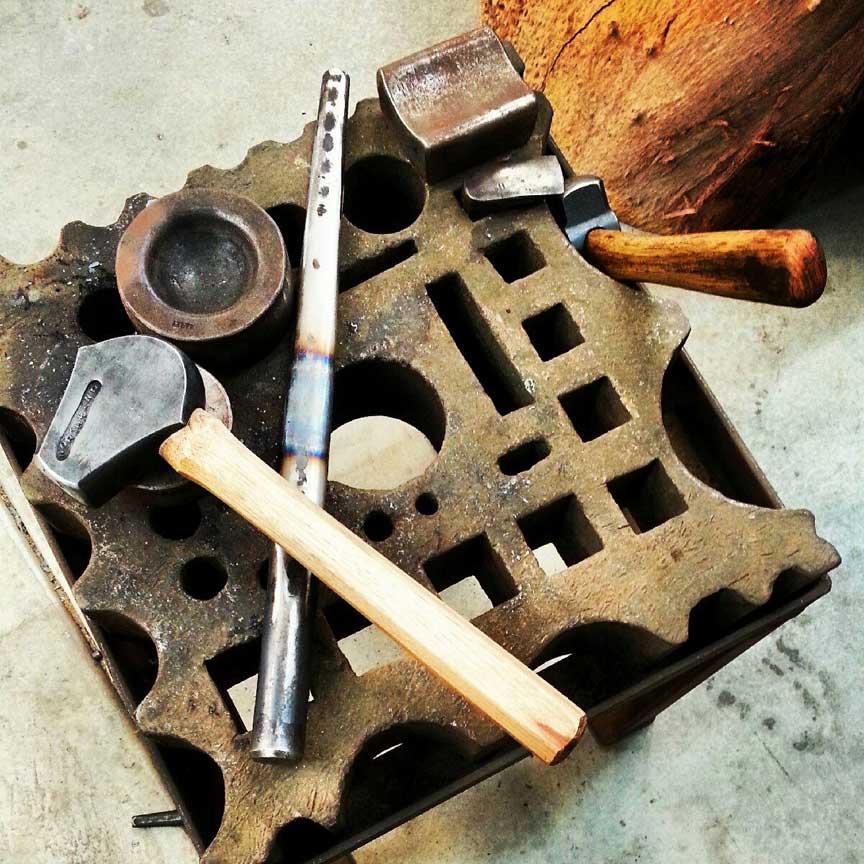
“The Northwind brings change. Sometimes a dramatic storm, a swirl of luminescent clouds, or a sensation that precipitates an uneasy ambiance in the valley. Colossal gusts, howling, trees bending, everything moving and swaying. The birds and insects disappear. Slowly…it fades. Vitality is restored and a pleasant stillness remains. Every grace of nature resurfaces. This is the natural phenomena that inspired ‘Northwind’. I’ve created a hammer to exemplify the inhale, expansion, and release of the wind.” —Brent Bailey
Just like the north wind, blacksmith Brent Bailey’s handmade hammer is traveling and shifting and altering its surroundings. It moves from place to place, from artist to artist. First California, then on to Virginia and Tennessee and Texas. At each location, the hammer stays for a couple weeks, inspiring its current owner’s work in some way. It is an opportunity, a cue to think differently or try something new. And then it moves on. Twelve different artists will each incorporate the hammer into their forges before it ultimately makes its way back to Brent in California.
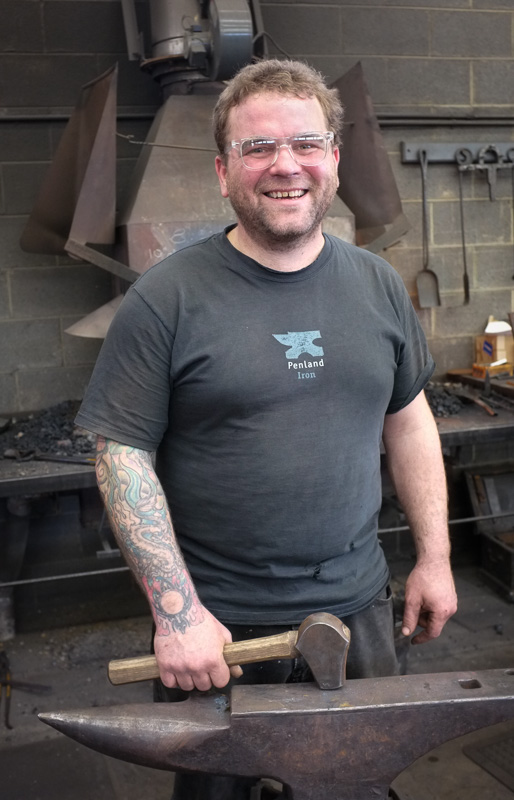
This spring, the Northwind Hammer made a visit to Andy Dohner. At the time, Andy was in the Penland iron studio teaching our spring 2015 concentration. He and his students, like the blacksmiths before them, assimilated the Northwind Hammer into their studio work. It was both a tool in their creative process and the inspiration for that process. As Andy commented, “The concept we are using with the Northwind is one hammer, eleven students. Together we are working on a sculpture of an astrolabe.”
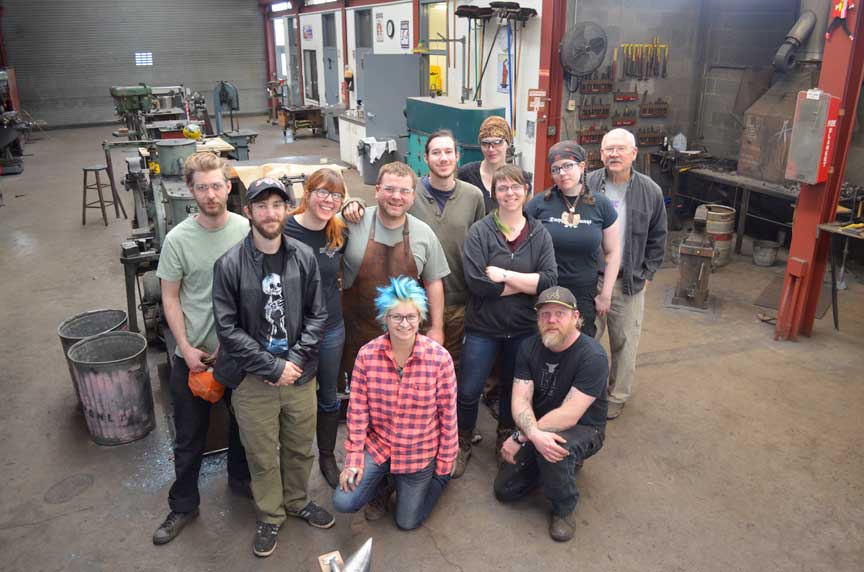
The astrolabe is an ancient tool, one which captures the changing positions of the sun and stars in the sky. Just like the north wind, it brings to mind time and travel and strips bare our sense of constancy. And, just like the Northwind Hammer, the astrolabe is a relatively simple tool which opens up new doors for those who use it. How appropriate, then, that Andy and his class selected this subject as the focus of their work. Their completed sculpture combines the nested circles and rule of an astrolabe with the simplicity of the hammer itself.
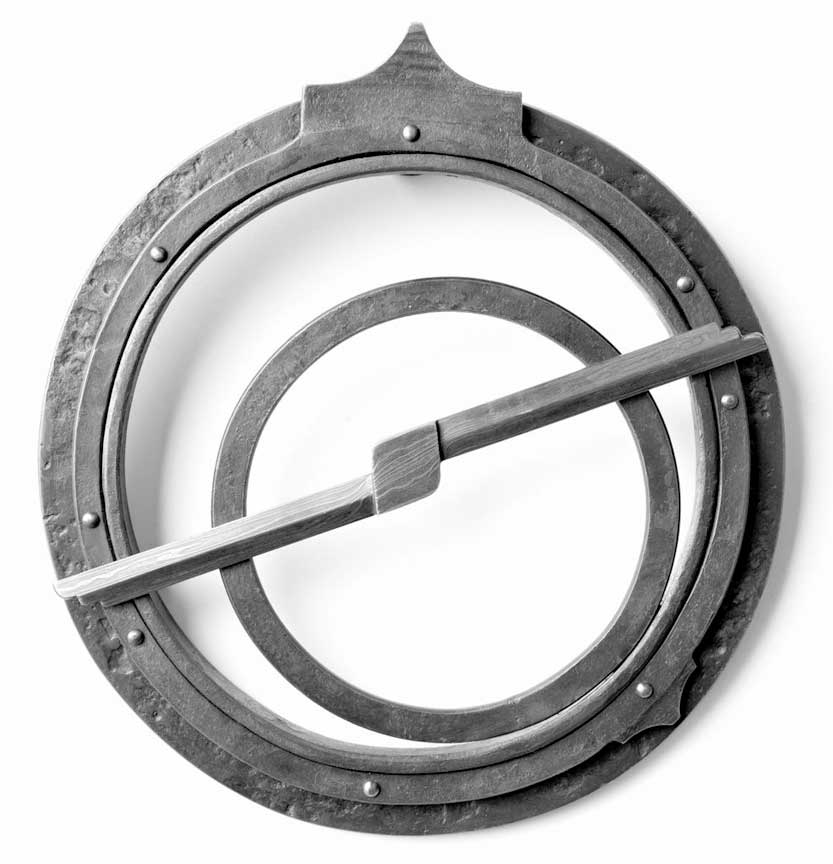
The sculpture may be finished, but the Northwind Hammer’s journey is not. From Penland, it traveled on to Jim Masterson at the National Ornamental Metal Museum in Tennessee. Next, it made stops in California, Detroit, Wisconsin, Kansas, and Massachusetts, collecting stories and each artist’s touchmark along the way. In these places, the projects the hammer was a part of were as varied as its locations, from sculptural metal feathers to a railing recreation to a patterned table frame.
The Northwind Hammer has one last stop before it returns home to its creator. Its final location and artist are still unknown, but one thing is already certain: the Northwind Hammer altered the creations of the blacksmiths who received it, and they, in turn, altered it. As Brent reflected, the work of each artist “imparts and impregnates their essence into the steel.”
To read more about the hammer and follow its journey, visit Brent Bailey’s Northwind page.


